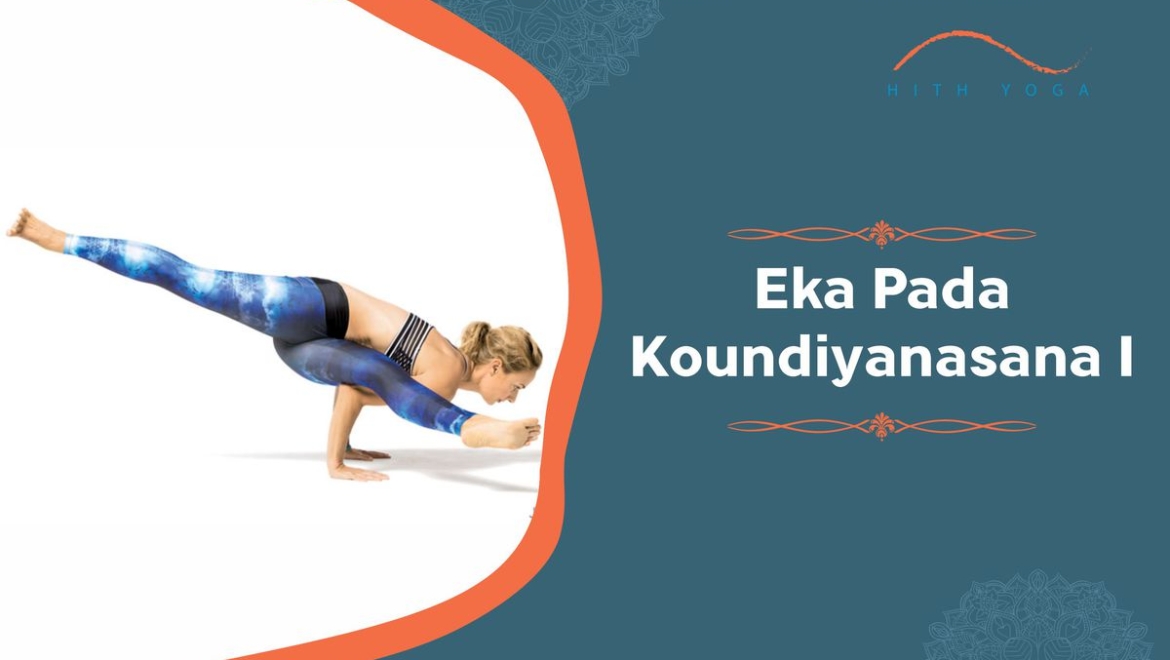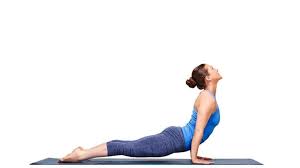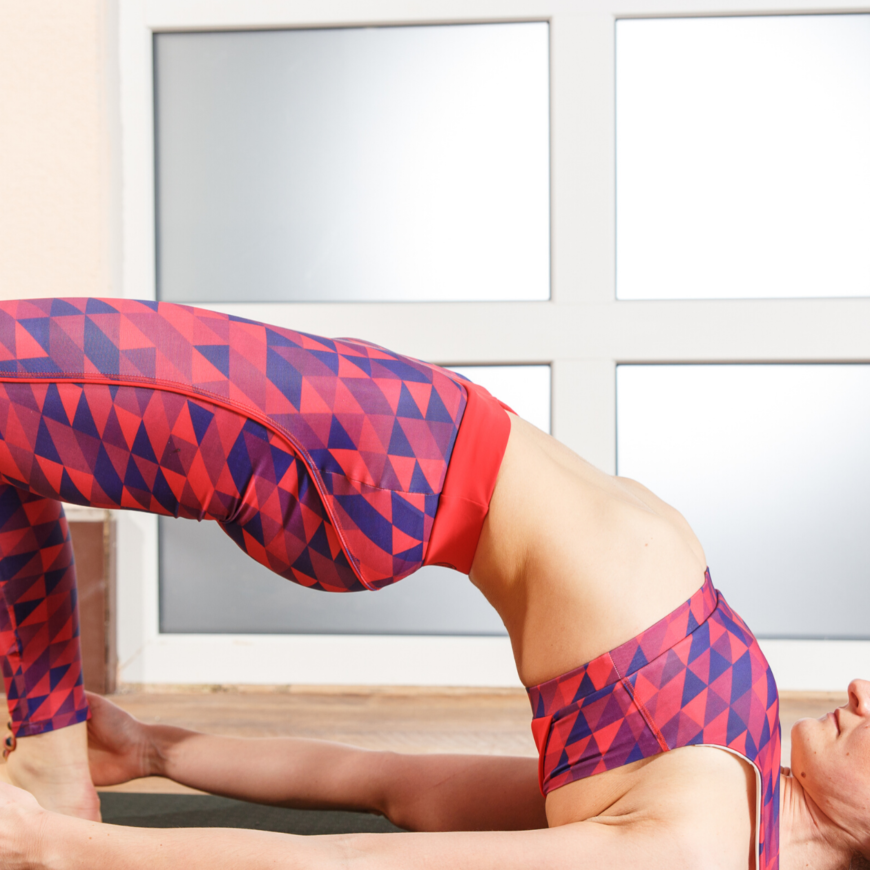Eka Pada Koundiyanasana I is also known as flying splits or one-footed sage pose. Here we can do five different poses to practice Eka Pada Koundiyanasana I. Eka Pada Koundiyanasana I has been derived from Sanskrit words Eka means one, pada means foot, kaundinya was a sage of the Buddha and a scholar of the Veda study in ancient India. Eka Pada Koundiyanasana I is a part of the low flying arm balancing poses; it is a family of various flying poses.
It would be best to understand the difference between Eka Pada Koundiyanasana Iand Eka Pada Koundiyanasana II; in Eka Pada Koundiyanasana I starts from the side crow pose, and then the bottom leg is twisted across the body. At the same time, Eka Pada Koundiyanasana II starts with one leg straight at the back like a hurdler’s leap mid-jump, hence known as hurdler’s pose. The upper body alignment in both the asanas is almost the same.
Steps of doing Eka Pada Koundiyanasana I
Carry your yoga mat, and let’s fly. Here are the steps to practice Eka Pada Koundiyanasana I:
- Supine crunch:
- Lie down on your back with your knees bend and interlock your fingers behind your head.
- Inhale and lift your head, neck, and shoulders and exhale to twist your torso to one side.
- Cross your left elbow towards your right thigh and then extend your left leg.
- Repeat the same on the other side.
- 4-limbed staff pose:
- Starting from the plank pose, enter into another asana by bending your elbow to 90 degrees and lower down slowly and firmly.
- Hug your elbows into your body from the side.
- Make the staff like shape with your legs straight and with your abdomen.
- Lower down your body parallel to the earth and align the heads of your shoulders with your elbows.
- Do three times this asana called chaturanga push ups to build heat.
- Prayer twist:
- Stand with your feet together with bend knees and enter into a chair pose called utkatasana.
- Do Anjali mudra with your hands at the center of your heart and twist your left elbow to the outside of your right thigh.
- Extend your spine while inhaling and twist more in-depth into the pose while exhaling.
- Hold for five breaths and then repeat on the other side.
- Side Crow:
- Start from the prayer twist to chair pose, bend your knees, and settle your palms’ shoulders apart from each other.
- Create chaturanga arms by hugging your elbows from the body side as you are making a body shelf with your bottom triceps.
- Transfer the body weight from your feet into your hands and lift your body.
- Ensure to engage yourself in Mula bandha that is the pelvic floor and the core.
- Hold the pose for five breaths and repeat the pose.
- Twisty IT band stretch
- Start it with a prasarita padottanasana pose with your feet on the floor/mat.
- Walk your hands towards the top of your mat by turning onto the outer blades of your feet.
- Squeeze your inner thighs together in a scissor position of legs.
- Soften your knees and step your feet together as required to accommodate this significant outer pose of the hip or IT band stretch.
- Lengthen the spine while inhaling and exhale for softening into the stretch. Repeat on another side.
Benefits of doing Eka Pada Koundiyanasana I
Practicing this pose regulary will surely give the following benefits. It will make you physically and mentally strong and fit.
- Eka Pada Koundiyanasana I helps to strengthen your arms, wrists, and shoulders.
- Eka Pada Koundiyanasana I helps in improving the balancing power by doing this balancing exercise.
- It helps in the spinal twist that strengthens the spine.
- Massage of abdominal organs is ensured and toned even.
- It improves and rejuvenates the digestive organs.





Add Comment